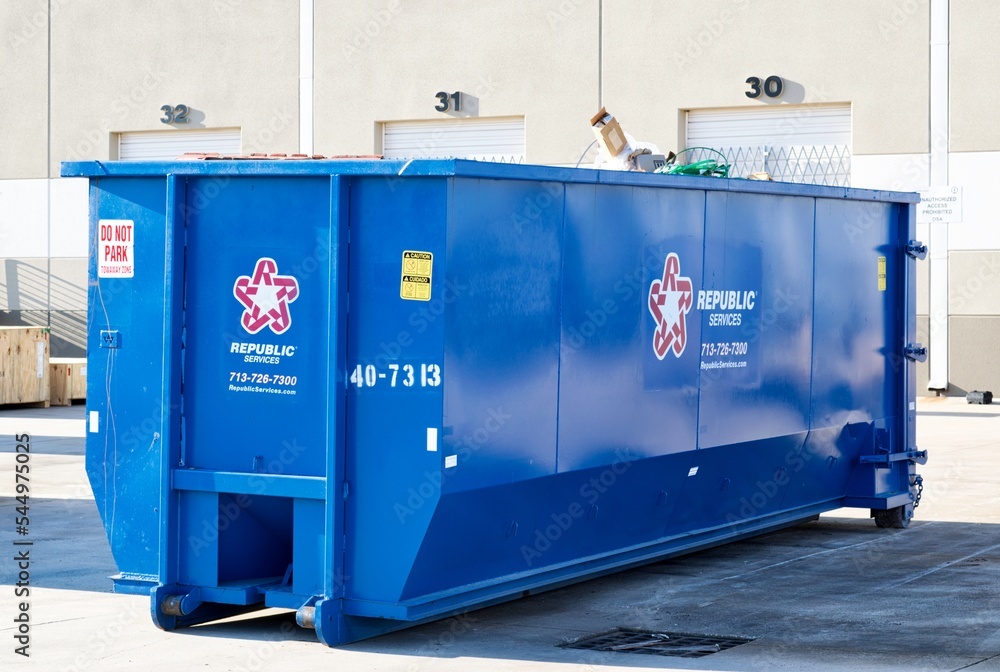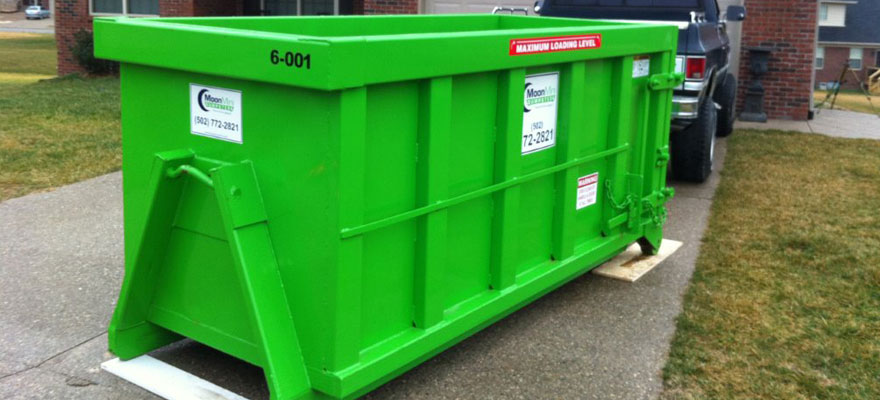Renting a dumpster includes a 10-step procedure to ensure an easy experience. Initially, establish your dumpster needs by assessing waste type, amount, and rental duration. Next, select the right dumpster size, considering factors like large products and task scope. Then, select a reputable rental company, examining evaluations, licenses, and insurance policy. After that, acquaint on your own with local regulations, permits, and garbage disposal needs. Establish a budget and contrast costs, consisting of additional charges. Arrange a delivery day, preparing the website and guaranteeing prompt drop-off. Lastly, prepare the site, removing the location and removing barriers. By adhering to these steps, you'll be well on your way to an effective dumpster rental experience, and discovering the details of each step will help you navigate the procedure with confidence.
Determine Your Dumpster Needs
Several variables should be taken into consideration when establishing your dumpster needs The type and amount of waste you plan to dispose of, the duration of the rental period, and the offered space at your area are all essential considerations.

Moreover, local laws and permits required for dumpster placement must be taken into account.
Understanding the function of the dumpster leasing is likewise vital. Are you embarking on a home renovation, clearing out a cellar, or taking care of a building site? Different tasks create varying types of waste, and the right dumpster dimension and kind must be selected accordingly.
Additionally, the weight and material of the waste will certainly influence the choice of the dumpster. Heavy materials like concrete or asphalt call for customized dumpsters, while lighter products like lawn waste or family wastebasket be suited by basic dumpsters.
Choose the Right Dumpster Size
To establish the ideal dimension, think about the extent of your job, the type of materials being disposed of, and the readily available area on your property.
Common dumpster sizes variety from 10 to 40 cubic yards. For small projects, such as washroom remodels or backyard cleanings, a 10-20 cubic backyard dumpster might suffice. Larger projects, like building and construction or demolition, might require a 30-40 cubic lawn dumpster.
When approximating the dimension, bear in mind to represent any type of bulky or heavy items, such as appliances or concrete, which might use up more area than expected.
Accurately calculating your dumpster requirements will certainly guarantee a hassle-free rental experience and maximize your waste management budget.
Select a Reputable Rental Company
Regularly, house owners and professionals discover themselves bewildered by the sheer variety of dumpster rental companies vying for their service, making it vital to divide the reliable from the unreliable

Researching and selecting a reputable rental company is necessary to assure a smooth and problem-free dumpster rental experience.
Start by asking for referrals from friends, family, or colleagues who have actually rented out dumpsters in the past. You can likewise check online review platforms, such as Yelp or Google Reviews, to obtain an idea of the firm's credibility and customer satisfaction.
Look for business with a solid record of offering excellent consumer service, prompt shipments, and affordable pricing.
Additionally, verify if the company is effectively licensed and guaranteed to operate in your location. A reliable firm will certainly be clear concerning their services, prices, and policies.
Be cautious of business with vague or hidden fees, as they may stun you with additional charges later on on.
Check Regional Dumpster Regulations
Before getting a dumpster, it is important to acquaint yourself with the local regulations governing dumpster rental and positioning in your area. Failing to follow these policies can lead to fines, charges, or perhaps abrogation of your rental agreement.
Start by contacting your local government or public works department to ask about specific guidelines and restrictions. Some common laws include acquiring authorizations, adhering to sound ordinances, and complying with weight and dimension limitations.
Additionally, you may require to validate that the dumpster is placed on personal property or obtain approval from adjacent residential property owners.
It's likewise essential to recognize https://www.tumblr.com/glorioustriumphdinosaur/765513761079672832/what-dumpster-rental-alternative-is-right-for-your any certain needs for waste disposal, such as separating recyclables or hazardous materials
Set a Budget plan and Contrast Prices
Establishing a spending plan and comparing prices is a vital step in the dumpster rental process, as it allows you to make an informed decision that fulfills your needs and economic constraints.
By establishing a spending plan, you can narrow down your choices and concentrate on dumpster rental services that fit within your methods. Start by determining how much you want to invest in dumpster leasing, including any additional fees for distribution, pickup, and disposal.
Next, research study local dumpster rental companies and compare their costs. Be sure to take into account the size and kind of dumpster you require, along with any added services you might need, such as same-day distribution or versatile rental periods.
Create a list of potential providers, including their costs and solutions, to help you make an educated decision. By comparing rates and solutions, you can identify you're obtaining the best worth for your money and stay clear of overspending on your dumpster rental.
Schedule Dumpster Shipment Date
With your budget plan in position and a list of potential dumpster rental service providers in hand, it's time to transform your interest to scheduling the delivery of your dumpster.
This crucial action assurances that your project remains on track which you have the necessary equipment to get the work done.
When scheduling your dumpster shipment day, take into consideration the following:
Project timeline: Align the shipment date with your task's begin day to guarantee you have the dumpster on site when you require it.
Availability: Confirm the rental carrier's accessibility and schedule the distribution each time that works best for you.
Access restrictions: Inform the company of any type of gain access to limitations, such as narrow roads or gated communities, to guarantee a smooth delivery process.
Alternative dates: Have a back-up plan in place in instance of unexpected hold-ups or modifications in your job schedule.
Prepare the Dumpster Shipment Site
Clear the location around the designated distribution site to ensure a seamless and efficient dumpster drop-off. Ascertain the course is free from obstacles, including cars, trees, and high-voltage line, to allow the dumpster vehicle to access the website easily.
Consider the dumpster's size and swing radius when selecting a distribution place. Normally, a 10- to 20-foot radius is required for a conventional dumpster.
Remove any loose debris, such as leaves or branches, to stop damages to the dumpster or surrounding residential property. If you're renting a dumpster for a building and construction project, determine the site is clear of building products, tools, and equipment.
If you're leasing for a residential cleanout, eliminate any mess or blockages that might hinder the distribution process.
Designate a specific area for the dumpster, such as a driveway or a flat, level surface This will assist protect against the dumpster from shifting throughout use and determine it can be conveniently gotten when the rental period ends.